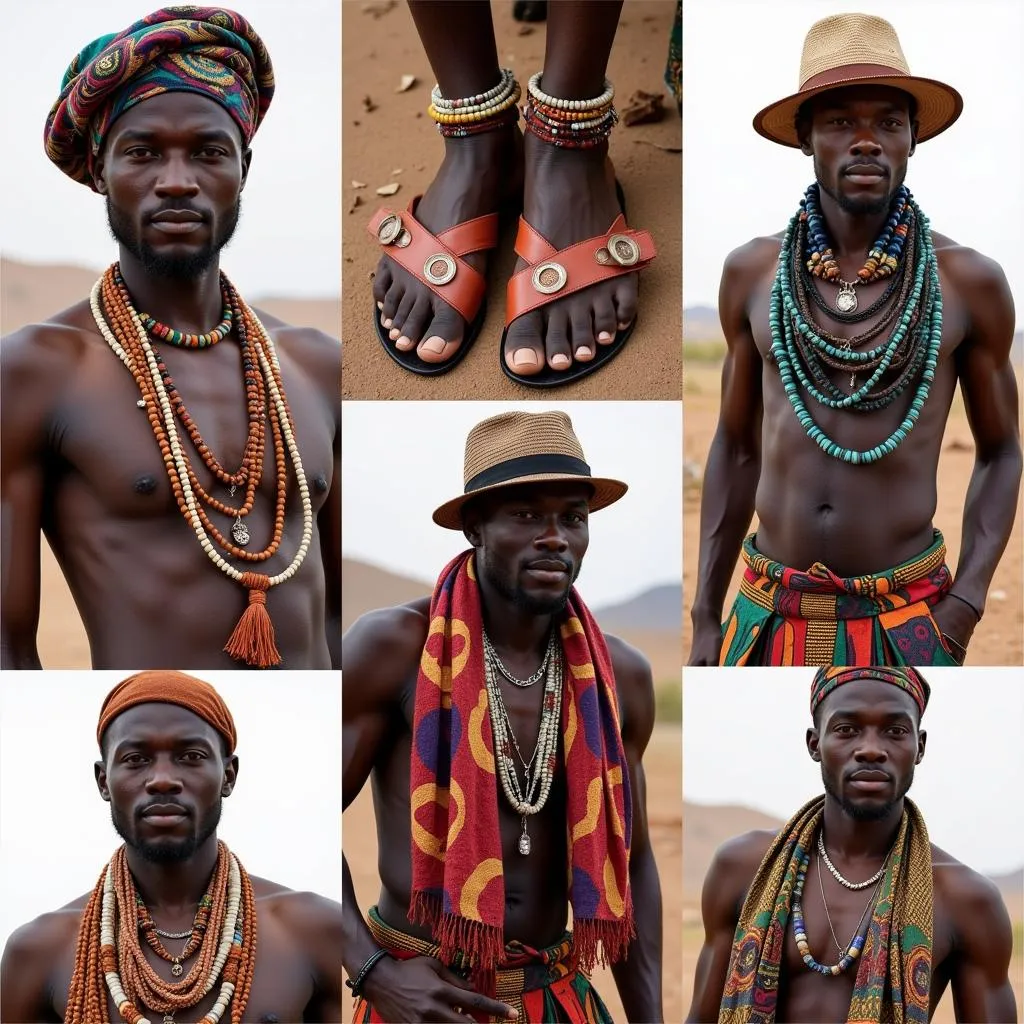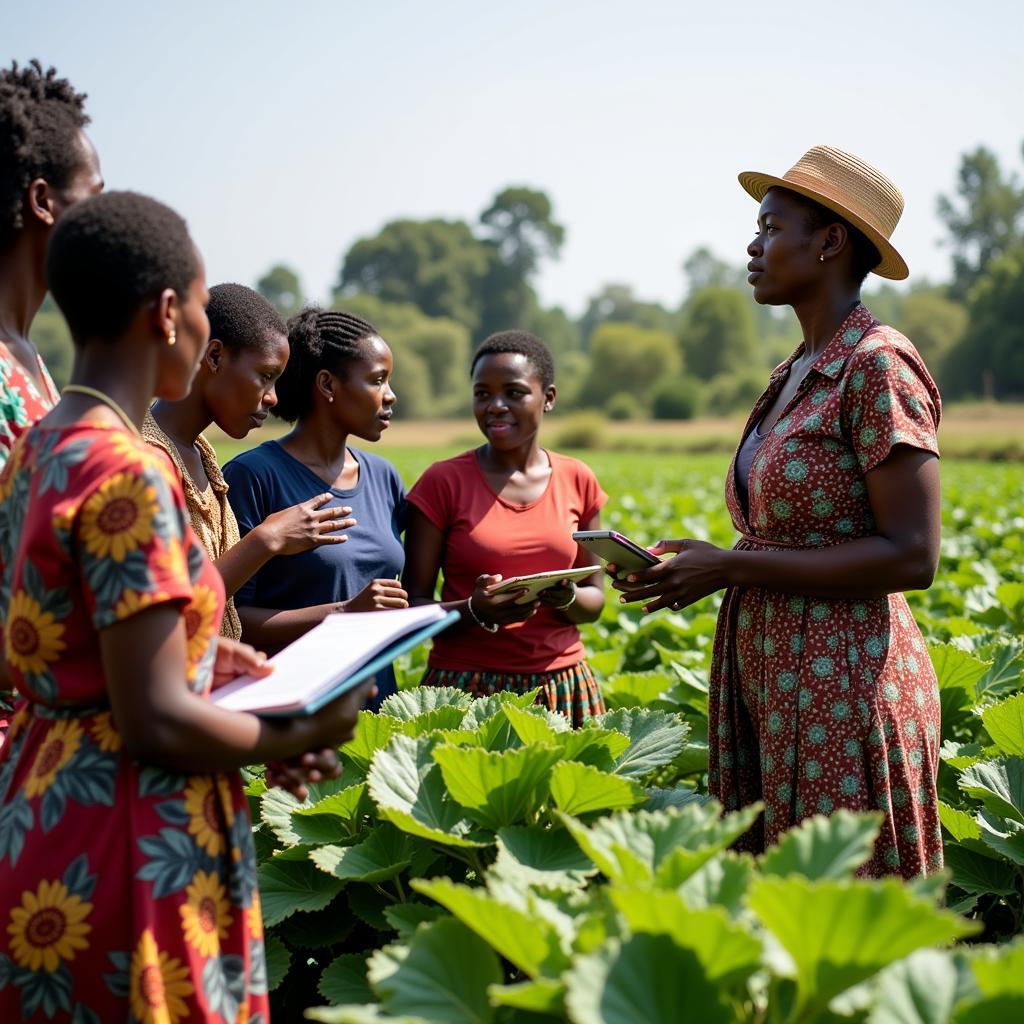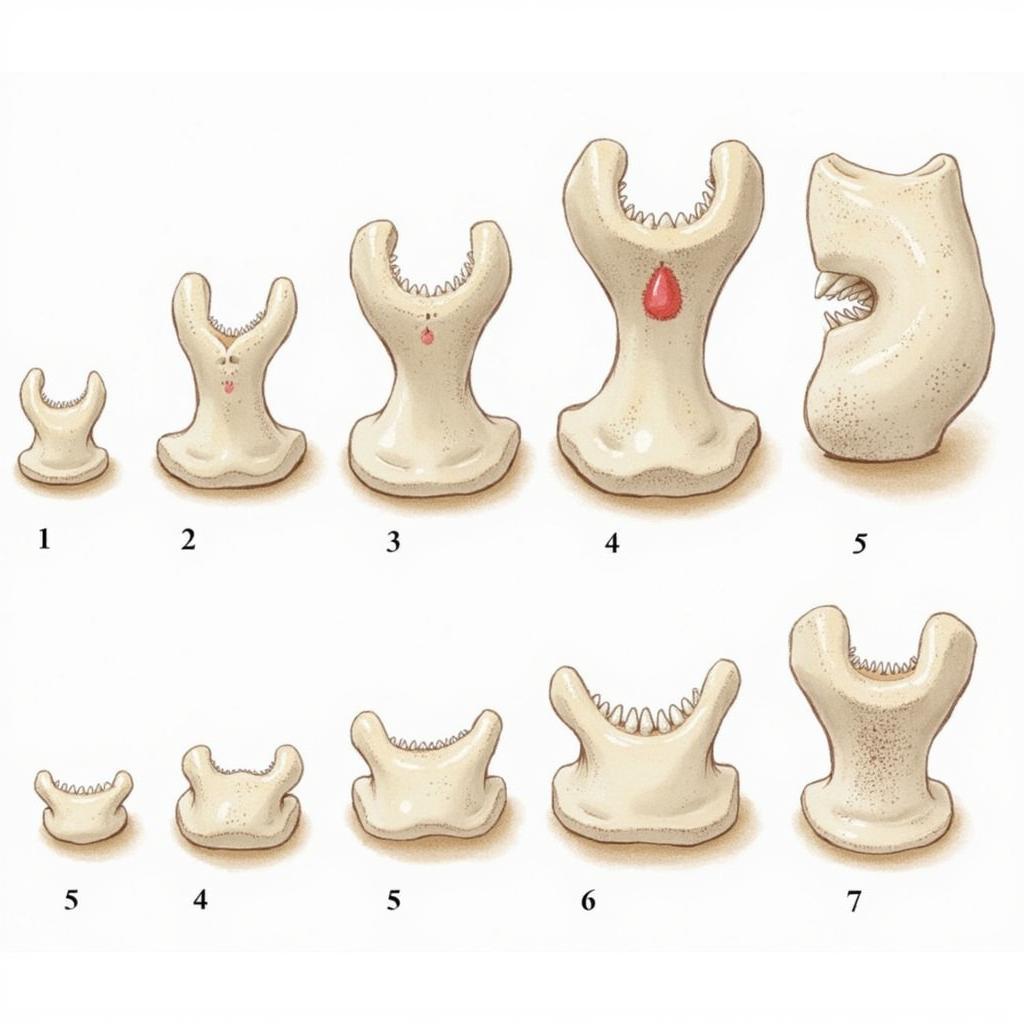A Deep Dive into African Men’s Clothing: Tradition, Style, and Significance
African men’s clothing is a vibrant tapestry of culture, history, and artistry. More than just garments, these pieces reflect a rich heritage, social standing, and deep-rooted traditions that vary dramatically across the continent’s 54 countries. From the flowing robes of the Sahara to the intricately beaded attire of Maasai warriors, each garment tells a unique story, showcasing the incredible diversity and creativity of African cultures.
The Significance of Traditional African Men’s Clothing
In many African societies, clothing goes beyond mere functionality; it embodies cultural identity, spiritual beliefs, and social hierarchies. Traditional attire often signifies:
- Ethnic Identity: Clothing can immediately identify an individual’s tribe or ethnic group through distinctive colors, patterns, and embroidery. For example, the vibrant kente cloth of Ghana is instantly recognizable as a symbol of Akan heritage.
- Social Status: Elaborate garments, luxurious fabrics, and ornate accessories often denote wealth, power, and prestige. In contrast, simpler attire may signify humility or a more modest social standing.
- Marital Status: Certain clothing items or styles are exclusively worn by married men, widowed men, or those undergoing initiation rites, marking their transition into different life stages.
- Religious Beliefs: Religious leaders and devotees may don specific attire for ceremonies, rituals, and daily life. For instance, the long white robes worn by some Muslim men signify purity and devotion.
A Journey Through Styles: Popular African Men’s Clothing
Exploring the vast array of African men’s clothing reveals a breathtaking diversity of styles and designs:
1. Boubou: This flowing, wide-sleeved robe is prevalent across West Africa, often made from richly colored and intricately embroidered fabrics like brocade, silk, or cotton. It exudes elegance and sophistication, frequently worn for formal occasions, religious gatherings, and by prominent figures.
2. Dashiki: Originating from West Africa, the dashiki is a colorful, loose-fitting tunic, often adorned with intricate embroidery around the neckline and sleeves. While traditionally worn by men, it has gained international popularity as a symbol of African pride and heritage.
3. Kanzu: This long, white or cream-colored robe is prevalent in East Africa, particularly among Swahili-speaking communities. Often paired with a kofia (embroidered skullcap) and a patterned shawl (kanga), the kanzu is a symbol of cultural identity and is frequently worn for Friday prayers and special occasions.
4. Grand Boubou: Also known as the Agbada, this elaborate ensemble reigns supreme in West African men’s fashion. It consists of a long, flowing robe worn over matching pants and a short-sleeved tunic. The grand boubou is reserved for the most special events, weddings, and festivals, reflecting a celebration of culture and tradition.
5. Maasai Shuka: Worn by the Maasai people of East Africa, the shuka is a striking red or checkered cloth draped over the body. Often paired with intricate beadwork and jewelry, it represents strength, masculinity, and the tribe’s close connection to their cattle and the land.
Modern Interpretations: African Inspired Men’s Clothing
Today, African men’s clothing is experiencing a global renaissance. Designers are drawing inspiration from traditional garments and textiles, reimagining them into contemporary pieces that appeal to a modern audience. This fusion of traditional and contemporary aesthetics can be seen in:
- Modern Dashiki Shirts: Updated versions of the classic dashiki feature tailored fits, contemporary prints, and innovative fabric combinations, making them versatile options for both casual and formal wear.
- African Print Suits: Bold and stylish, suits crafted from vibrant African print fabrics make a powerful statement. They blend cultural heritage with modern tailoring, offering a unique and eye-catching alternative to conventional suits.
- Accessories: From beaded bracelets and necklaces to leather sandals and patterned scarves, accessories inspired by African designs add a touch of cultural flair to any outfit.
More Than Fabric: Preserving Cultural Heritage
As global fashion embraces African influences, it’s essential to acknowledge and respect the cultural significance behind these garments. Supporting African designers, artisans, and businesses ensures that the traditions and stories woven into these clothes continue to be celebrated and passed down through generations.
 African Men's Clothing Accessories
African Men's Clothing Accessories
Conclusion: Embracing the Vibrancy of African Fashion
African men’s clothing is a testament to the continent’s rich cultural tapestry. From the intricate details to the vibrant colors and flowing silhouettes, each garment tells a story, connecting the wearer to a legacy of tradition, artistry, and pride. As the world embraces the diversity and beauty of African fashion, it’s a reminder that clothing can be a powerful expression of identity, heritage, and cultural appreciation.

